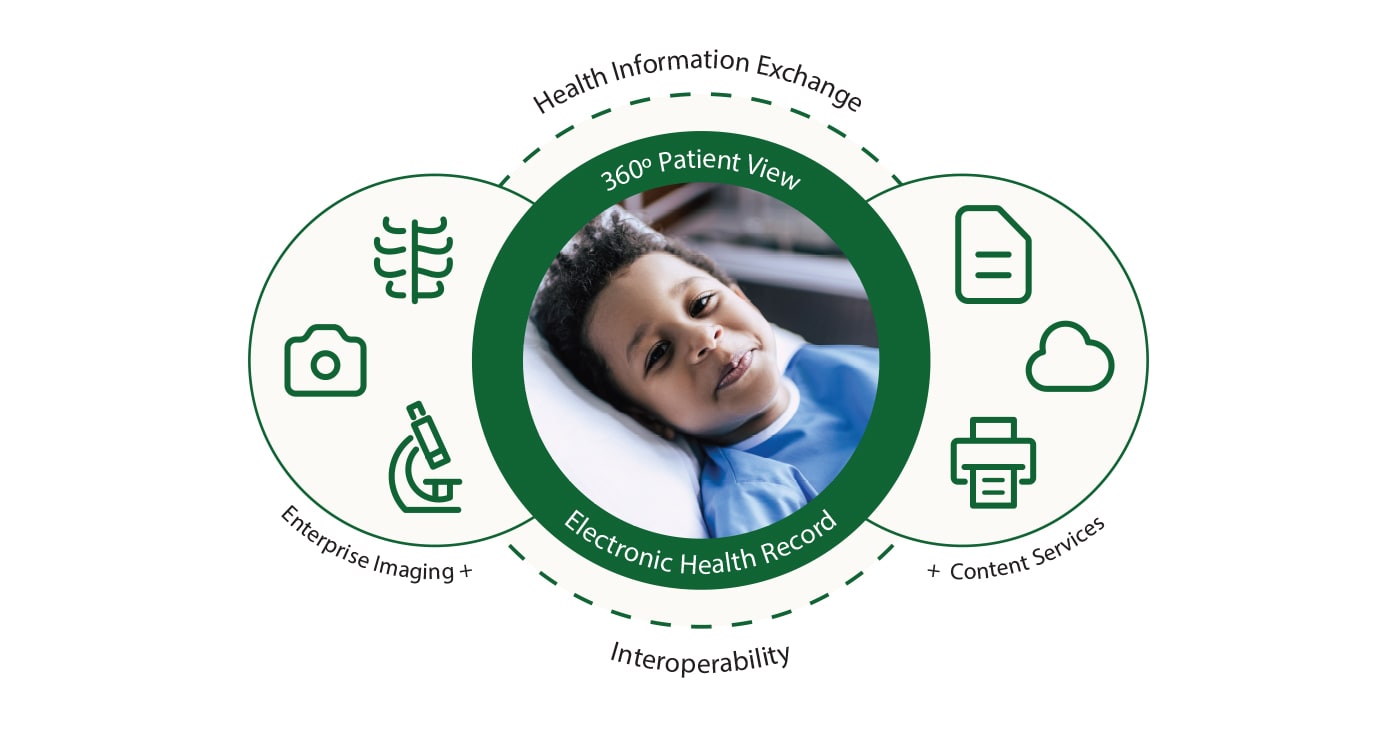Healthcare RCM Solutions for Effective Profits Cycle Monitoring
Wiki Article
A Comprehensive Overview on Just How Healthcare RCM Functions to Simplify Invoicing and Collections
Browsing the complexities of health care income cycle administration (RCM) is vital for companies intending to enhance their billing and collections processes. The guide unpacks the intricacies of RCM, from client registration to accounts receivable management, supplying understandings right into maximizing each action.Recognizing Profits Cycle Monitoring
Understanding the complexities of Revenue Cycle Administration (RCM) is vital for healthcare companies aiming to optimize their financial performance. RCM is an essential management function that includes the whole monetary procedure of individual treatment, from the first visit establishing to the last repayment of the balance. It is an intricate procedure created to recognize, accumulate, and take care of the income from the solutions supplied to clients. Effective RCM makes sure that healthcare providers receive timely and accurate payments, minimizing the risk of income loss and enhancing cash money circulation.The RCM procedure begins when a patient schedules a visit and expands through the client's care journey, consisting of payment and collections. A key goal is to minimize the time between providing a solution and getting repayment, therefore boosting the company's economic health. RCM includes various features such as client enrollment, insurance coverage verification, cost capture, coding, declares submission, payment uploading, and dealing with denials and appeals.
Secret Elements of RCM
In the world of Earnings Cycle Monitoring (RCM), understanding its key components is basic to attaining economic efficiency within medical care companies. RCM is a comprehensive process that includes numerous phases, each critical to making certain effective invoicing and collections. The primary parts include person enrollment, insurance coverage confirmation, charge capture, coding, claim entry, repayment publishing, and receivable management.

Once coded, cases are submitted to payers, where accuracy is extremely important to avoid delays or rejections - Healthcare RCM. Payment publishing includes videotaping the gotten payments, which enables for the reconciliation of accounts. Finally, balance dues administration concentrates on monitoring and resolving unsettled claims, ensuring prompt follow-up and resolution
Each part of RCM is adjoined, and inadequacies in any type of part can interrupt the whole cycle. Consequently, mastering these components is necessary for doctor to optimize earnings and enhance their economic wellness.
Strategies for Efficient Payment

Systematizing billing treatments across the organization is one more vital technique. Developing clear guidelines for documentation, coding, and submission assists keep consistency and compliance with governing demands. Training personnel frequently on these procedures makes sure everyone is current with the current modifications in invoicing codes and payer policies.
Exact fee capture is necessary in preventing revenue leak. Executing regular audits and tracking systems allows for the identification and correction of disparities before they affect earnings. Furthermore, maintaining open lines of interaction with payers assists to quickly deal with any kind of disagreements or misconceptions that might emerge.

Last but not least, appealing patients early in the billing process by offering clear estimates and academic materials regarding their financial obligations can dramatically decrease complication and improve repayment timeliness. These approaches collectively add to a much more economically healthy and balanced and efficient invoicing system.
Enhancing Collections Processes
A robust collections procedure is important for keeping economic stability within health care companies. Offered the complexities of clinical payment and the variety of payer demands, enhancing the collections process involves executing strategic actions that make sure prompt and accurate payment of services provided. Central to this is using modern technology to automate and improve procedures, minimizing manual errors and link boosting performance. Automation tools can aid in tracking insurance claim standings, sending out timely tips to patients, and handling rejections better.Clear and transparent patient interactions are critical. Giving thorough descriptions of fees and using versatile repayment plans can increase client fulfillment and timely repayments.
Regular audits of the collections process must be carried out to determine locations for improvement and make certain conformity with regulations. By examining data, medical care organizations can determine patterns, expect prospective issues, and adjust techniques as necessary (Healthcare RCM). Inevitably, a well-enhanced collections procedure not only sustains economic health and wellness however also contributes to a much more smooth experience for patients and team alike
Optimizing Earnings Streams
Building upon the structure of a solid collections procedure, medical care organizations can even more reinforce their monetary security by strategically maximizing profits streams. This entails a multi-faceted strategy, starting with a detailed evaluation of existing revenue sources to determine inefficiencies and locations for growth. Utilizing sophisticated data analytics tools allows companies to acquire insights right into payer mix, person demographics, and service utilization patterns, permitting data-driven decisions that boost profits capture.Applying automated payment systems can that site substantially decrease errors and accelerate claims processing, making certain that income is gathered extra efficiently. Furthermore, enhancing payer contracts through routine settlements can boost repayment rates and terms, directly influencing the lower line. Expanding solution offerings, such as incorporating telehealth or wellness programs, can also attract a more comprehensive client Our site base, thus increasing profits potential.
One more important part is enhancing client interaction and satisfaction, as completely satisfied patients are most likely to stick to treatment strategies and make timely payments. Supplying flexible payment options and transparent payment methods can improve collections and foster client loyalty. Healthcare RCM. By adopting these methods, health care companies can develop an extra durable economic structure, guaranteeing sustained growth and security in an ever-changing market landscape
Final Thought
To conclude, healthcare Earnings Cycle Monitoring (RCM) plays an important duty in maximizing billing and collections procedures by incorporating essential components such as client enrollment, insurance policy confirmation, cost capture, coding, declares entry, and accounts receivable monitoring. By employing sophisticated modern technology, standardizing procedures, and promoting individual interaction, doctor can considerably decrease claim rejections, increase payment cycles, and enhance capital. This detailed method to RCM ultimately causes improved economic efficiency and sustainability for health care companies.The RCM process begins when an individual timetables a visit and extends through the patient's treatment journey, including billing and collections.Another important element is enhancing patient interaction and fulfillment, as satisfied patients are extra likely to adhere to therapy strategies and make prompt settlements. Supplying versatile repayment alternatives and clear invoicing techniques can improve collections and foster individual commitment.In conclusion, health care Revenue Cycle Management (RCM) plays a crucial duty in maximizing payment and collections processes by incorporating vital parts such as individual registration, insurance coverage verification, cost capture, coding, declares submission, and accounts receivable administration. By using advanced innovation, standardizing treatments, and promoting individual involvement, health care service providers can significantly decrease case rejections, increase payment cycles, and enhance cash circulation.
Report this wiki page